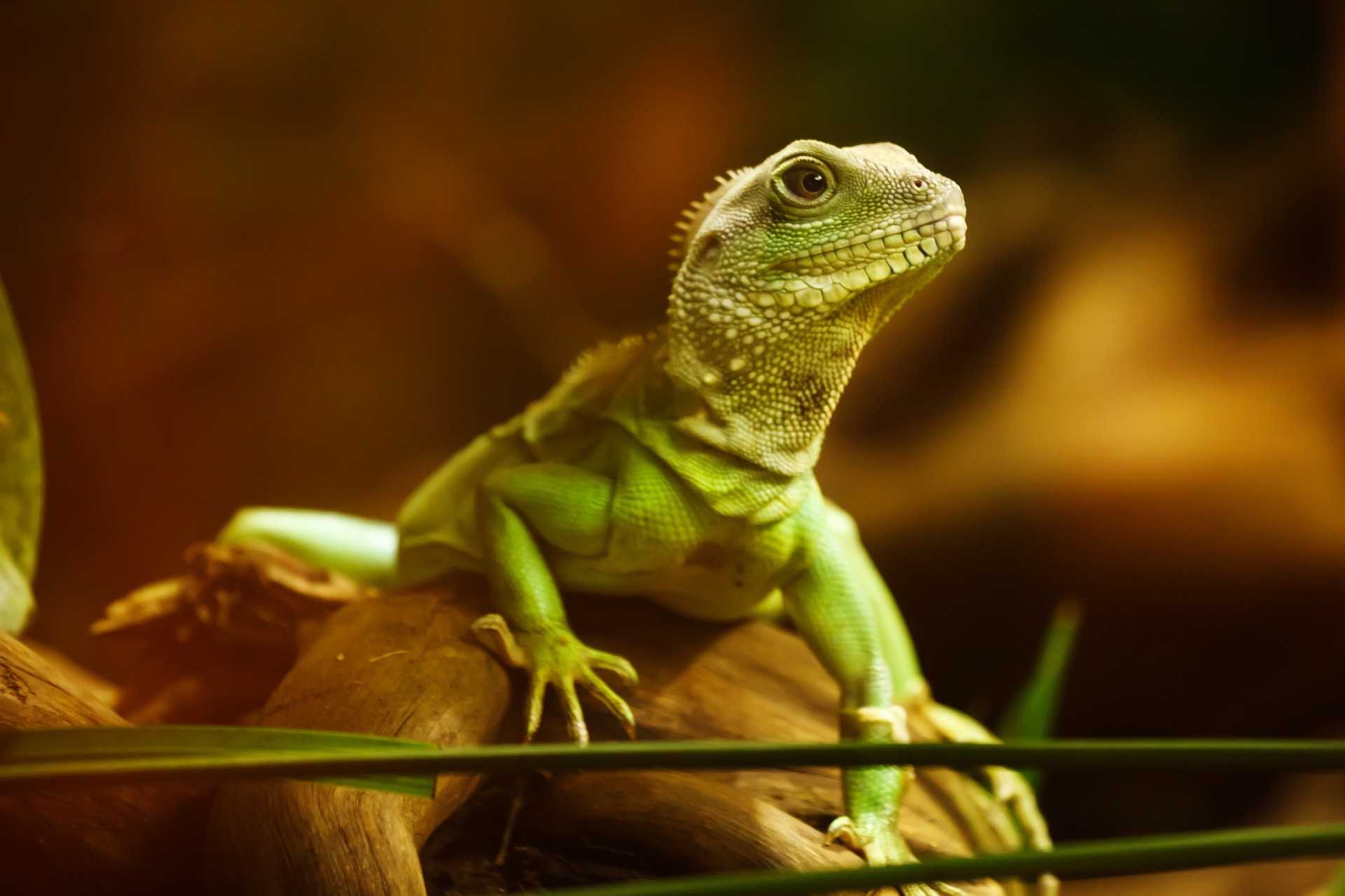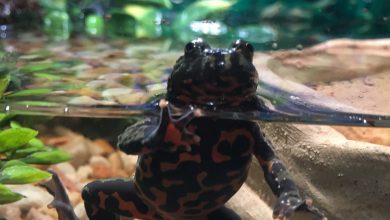Safe Practices for Transporting Exotic Pets – The Tye-Dyed Iguana

Are you thinking about taking your herp with you over the holidays? Or maybe you just need to get it to a vet without hassle. Youâll be happy to know that the tips listed here work even if youâve never transported your exotic pet before. So unlock your pet owner power-up by reading on.
Tip 1: Have a transport container ready
A small box or spare terrarium is just fine as a travel carrier for reptiles and amphibians. Traditional pet carriers arenât usually well-designed for exotic pets that may be able to slip out through the bars or grates. If youâre transporting your pet in their usual terrarium, youâll need to take out all the dishes, décor, and other objects in it.
It may seem like transporting your pet in their everyday tank might reduce stress. But changing that familiar environment by clearing everything out of it is likely to cause stress anyway. Your herp is going to be stressed by traveling no matter what you do. Your goal is to reduce that stress as much as possible and limit its duration.
Small containers work better for transport because they create less room for your pet to be jostled around with the movement of the vehicle. Itâs also a good idea to secure the container somehow, with a seatbelt or other restraints, so that it doesnât move around too much or get thrown off the seat of the car.
Tip 2: Know your petâs habitat requirements
Temperature is probably the most important consideration when it comes to transporting a reptile or amphibian. Because these pets cannot regulate their own body temperature, you need to account for that and keep them within a normal temperature range throughout the traveling process. Being either too hot or too cold can stress your pet and cause health issues.
Keeping your herp warm enough is fairly simple. You can wrap breathable material like a sweater or blanket around their container, as long as it’s something air can penetrate. And just raising the internal temperature of the car by running the heater will help your pet maintain adequate heat. If itâs really cold, you can also place a microwaveable heat pack or warmed up rice sock next to their travel container.
And remember that being too hot is also a concern. Provide an object to shade the container and turn on the air conditioning in your vehicle. You can put a thermometer in the transport container if youâre concerned about temperature.
Tip 3: Plan ahead for your trip
Youâll need to provide for these essentials.
Water
For short trips, even semi-aquatic pets should be fine without water. Make sure your pet has water available up until the time you load them into the vehicle. For longer trips, you can make stops to offer water.
Air
It should go without saying that pets should not travel in closed containers with no air holes. And you should also open the lid to allow a bit of fresh air on long trips.
Food
Most herps can go a while without eating. If you avoid feeding your pet the day before you travel, you may be able to avoid a soiled transport container when you arrive at your destination.
We hope these travel tips helped! If you have exotic pet transporting tips, tell us in the comments or post them to The Tye-Dyed Iguana facebook page.



